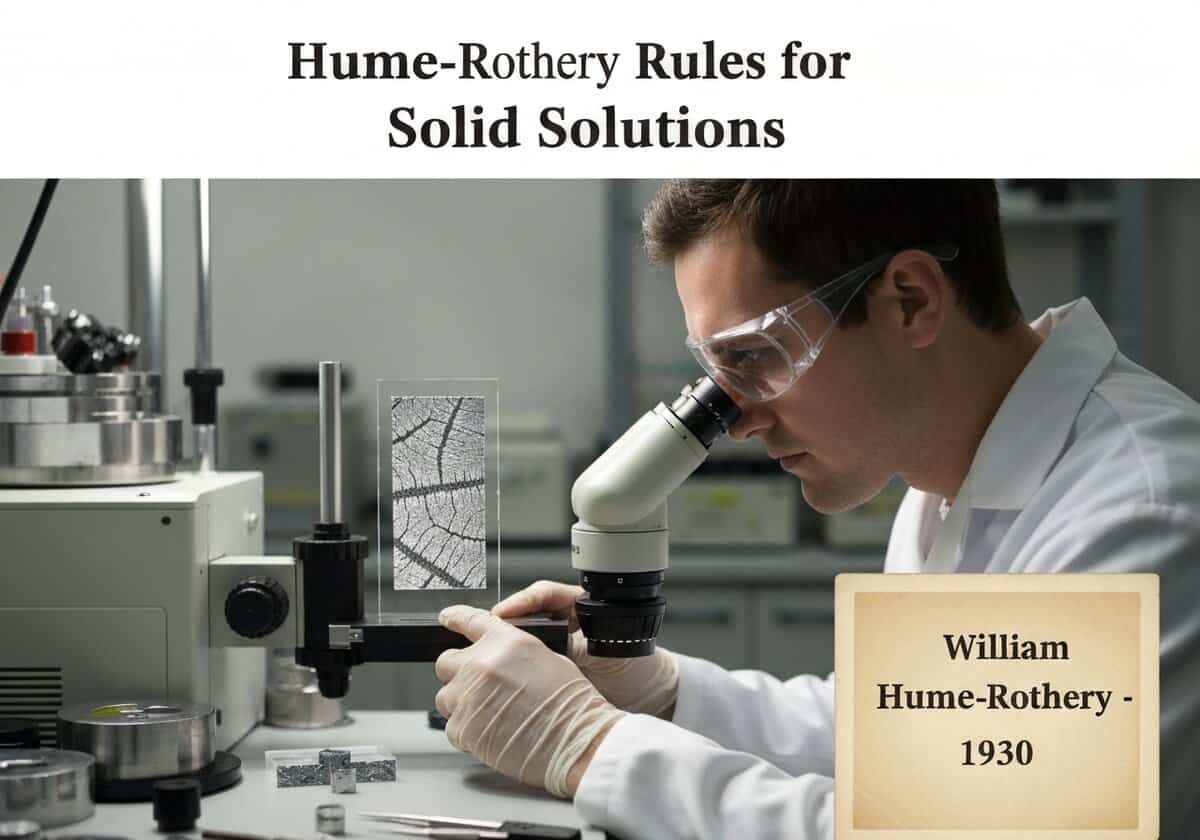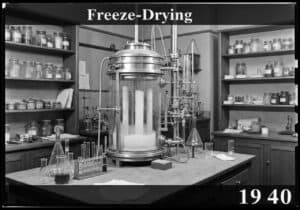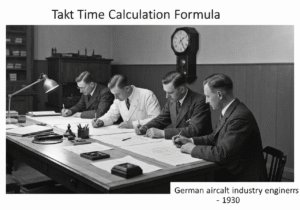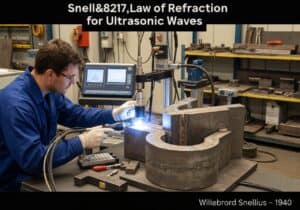The Hume-Rothery rules are a set of empirical guidelines that predict the extent to which an element can dissolve in a metal, forming a solid solution. For substantial substitutional solubility, the rules state that the atomic size difference should be less than 15%, the crystal structures must be similar, the electronegativities should be comparable, and the elements should have the same valency.
Hume-Rothery Rules for Solid Solutions (metallurgy)
- William Hume-Rothery

The Hume-Rothery rules provide a crucial qualitative cadre for metallurgists to design new alloys. They are not absolute laws but rather strong indicators of potential solid solubility. The four primary rules are:
1. Atomic Size Factor: The difference in atomic radii between the solute and solvent atoms must be less than 15%. If the size difference is too large, the resulting lattice souche is too high to maintain a stable solid solution, and new phases or intermetallic compounds are likely to form instead.
2. Crystal Structure: The solute and solvent metals must have the same crystal structure (e.g., Face-Centered Cubic, Body-Centered Cubic). A similar crystal structure facilitates the substitution of atoms without disrupting the overall lattice arrangement.
3. Electronegativity: The electronegativity of the two elements should be similar. A large difference in electronegativity encourages the formation of stable intermetallic compounds rather than a substitutional solid solution, as the elements tend to form ionic or covalent bonds.
4. Valency: The elements should have the same valency. A metal will dissolve a metal of higher valency to a greater extent than one of lower valency. This rule is related to the electron concentration in the alloy, which affects the stability of certain phases.
These rules, while developed empirically, have a strong basis in the thermodynamics and crystal chemistry of metallic systems and remain a cornerstone of materials education and alloy development.
Type
Perturbation
Utilisation
Précurseurs
- compilation of data on atomic radii
- classification of crystal structures (fcc, bcc, hcp)
- linus pauling’s development of the electronegativity scale
- the concept of valency from classical chemistry
- phase diagram determination through thermal analysis
Applications
- development of new nickel-based superalloys for jet engines
- design of specific aluminum alloys for aerospace frames
- formulation of biocompatible titane alloys for medical implants
- predictive modeling in computational materials science (alloy informatics)
- creation of high-performance magnesium alloys for lightweight automotive parts
Brevets :
Innovations potentielles Idées
!niveaux !!! Adhésion obligatoire
Vous devez être membre de l'association pour accéder à ce contenu.
DISPONIBLE POUR DE NOUVEAUX DÉFIS
Ingénieur mécanique, chef de projet, ingénierie des procédés ou R&D
Disponible pour un nouveau défi dans un court délai.
Contactez-moi sur LinkedIn
Intégration électronique métal-plastique, Conception à coût réduit, BPF, Ergonomie, Appareils et consommables de volume moyen à élevé, Production allégée, Secteurs réglementés, CE et FDA, CAO, Solidworks, Lean Sigma Black Belt, ISO 13485 médical
Nous recherchons un nouveau sponsor
Votre entreprise ou institution est dans le domaine de la technique, de la science ou de la recherche ?
> envoyez-nous un message <
Recevez tous les nouveaux articles
Gratuit, pas de spam, email non distribué ni revendu
ou vous pouvez obtenir votre adhésion complète - gratuitement - pour accéder à tout le contenu restreint >ici<
Contexte historique
Hume-Rothery Rules for Solid Solutions (metallurgy)
(si la date est inconnue ou n'est pas pertinente, par exemple "mécanique des fluides", une estimation arrondie de son émergence notable est fournie)
Invention, innovation et principes techniques connexes























